
About Protection of Children from Sexual Offences (Pocso) Act:
- It is the first comprehensive law in India dealing specifically with the sexual abuse of children, enacted in 2012.
- It is administered by the Ministry of Women and Child Development (MoWCD).
- Objective: The Act was designed to protect children aged less than 18 from sexual assault, sexual harassment, and pornography offences and provide for the establishment of Special Courts for the trial of such offences and related matters and incidents.
- Salient Features:
- Gender-neutral law: The POCSO Act establishes a gender-neutral tone for the legal framework available to child sexual abuse victims by defining a child as “any person” under the age of 18.
- It defines various types of sexual abuse, such as penetrative and non-penetrative assault, as well as sexual harassment and pornography.
- It considers a sexual assault to be aggravated in certain circumstances, such as when the abused child is mentally ill or when the abuse is committed by someone in a position of trustor authority over the child, such as a family member, etc.
- People who traffic children for sexual purposes are also punishable under the provisions relating to abetment in the Act.
- The attempt to commit an offence under the Act has been made liable for punishment for upto half the punishment prescribed for the commission of the offence.
- No time limit for reporting abuse: A victim can report an offence at any time, even a number of years after the abuse has been committed.
- Mandatory reporting: The Act also makes it the legal duty of a person aware of the offence to report sexual abuse. In case s/he fails to do so, the person can be punished with six months imprisonment or a fine.
- Safeguards to victims: The Act incorporates child-friendly procedures for reporting, recording of evidence, investigation and trial of offences. These include:
- Recording the statement of the child at the residence of the child or at the place of his choice, preferably by a woman police officer not below the rank of sub-inspector.
- No child is to be detained in the police station at night for any reason.
- Police officers to not be in uniform while recording the statement of the child.
- The statement of the child is to be recorded as spoken by the child.
- Medical examination of the child is to be conducted in the presence of the parent of the child or any other person in whom the child has trust or confidence.
- No aggressive questioning or character assassination of the child in-camera trial of cases.
- The Act specifically laid down that the child victim should not see the accused at the time of testifying and that the trial be held in camera.
- It also required that the Special Court complete the trial, as far as possible, within a period of one year from the date of cognisance.
Amendment to the Act:
- The Act was amended for the first time in 2019 to enhance the punishments for specific offences in order to deter abusers and ensure a dignified childhood.
- This amendment enhanced the punishment to include the death penalty for aggravated penetrative sexual assault of the child.
- It also provides for levy of fines and imprisonment of up to 20 years to curb child pornography.
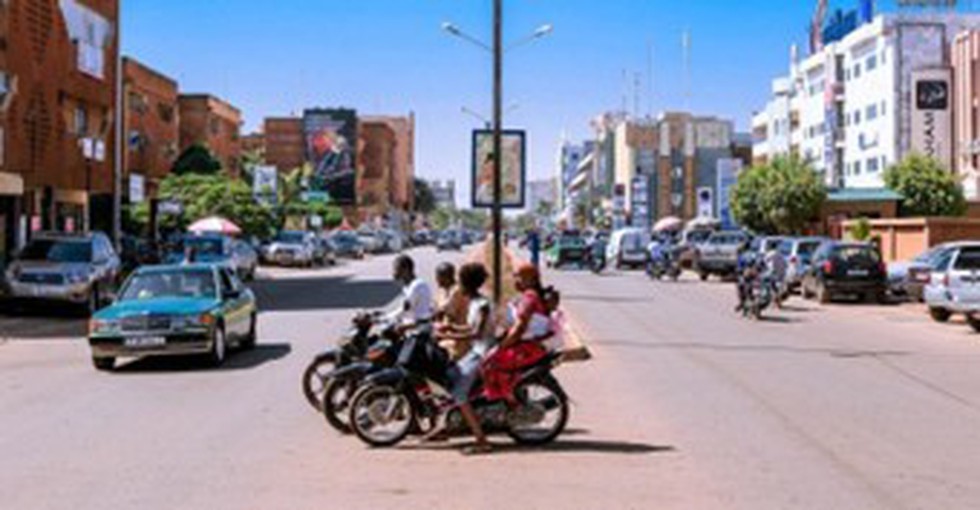
About Burkina Faso:
- It is a landlocked country in western Africa.
- Borders: It is bounded by Nigerto the east, Mali to the north and west, and Benin, Togo, Ghana, and Ivory Coast to the south.
- Capital: Ouagadougou
- Burkina Faso, previously known as Upper Volta, was once part of French West Africa since 1896. It gained independence from France in 1960.
- Geography:
- It is predominantly characterized by savannahs, plateaus, and low mountains in the southwest.
- The northern region, known as the Sahel, is arid and desert-like.
- Languages:
- The official language of Burkina Faso is French, which is used in government and education.
- There are many indigenous languages spoken throughout the country, with Moore (Mossi) being one of the most widely spoken.
- The economy is largely based on agriculture, which employs over 80% of the workforce.
- Government: It is a republic with a presidential system of government. It has experienced political transitions and changes in leadership over the years.
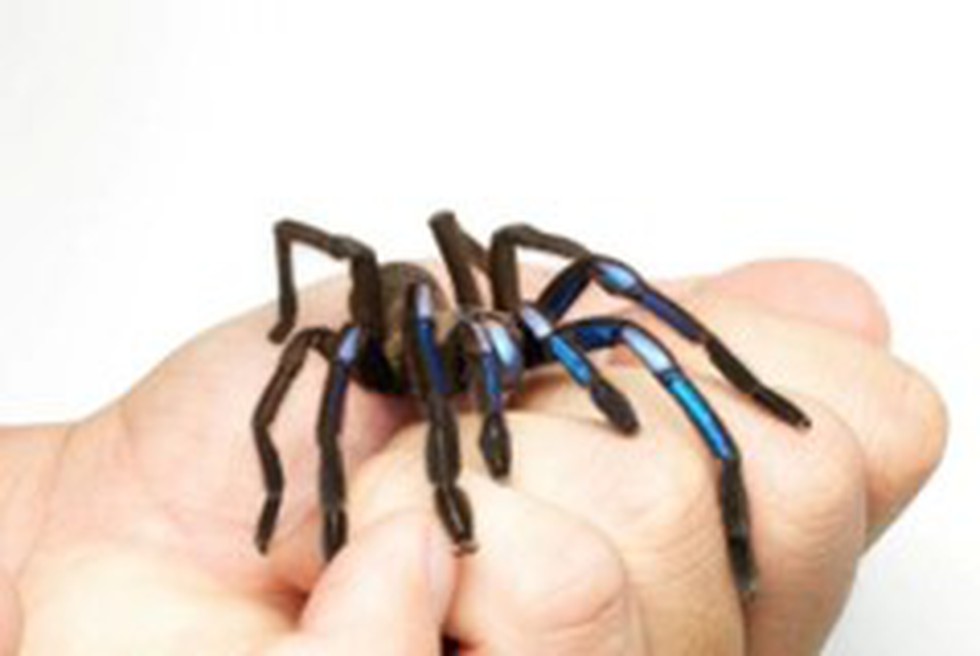
About Chilobrachys natanicharum:
- It is a new species of tarantula found in the forests of Thailand.
- It has a "blue-violet hue resembling the color of electrical sparks.
- It derives its colours not from the presence of any blue pigmentation but rather from "the unique structure of their hair, which incorporates nanostructures that manipulate light to create this striking blue appearance.
- These hairs are present on various parts of the spider's body, including its legs, chelicera (pincer-like mouth appendages), and carapace (upper shell).
- It is both terrestrial and arboreal - lives within tree hollows.
What is a tarantula?
- Tarantulas are a type of large, hairy spider belonging to the family Theraphosidae.
- There are over 900 species of tarantulas found all over the world, except for Antarctica.
- They move slowly on their eight hairy legs, but they are accomplished nocturnal predators.
- Adult tarantulas average five inches (13 centimeters) long. When spread out, their leg span is up to 11 inches (28 centimeters).
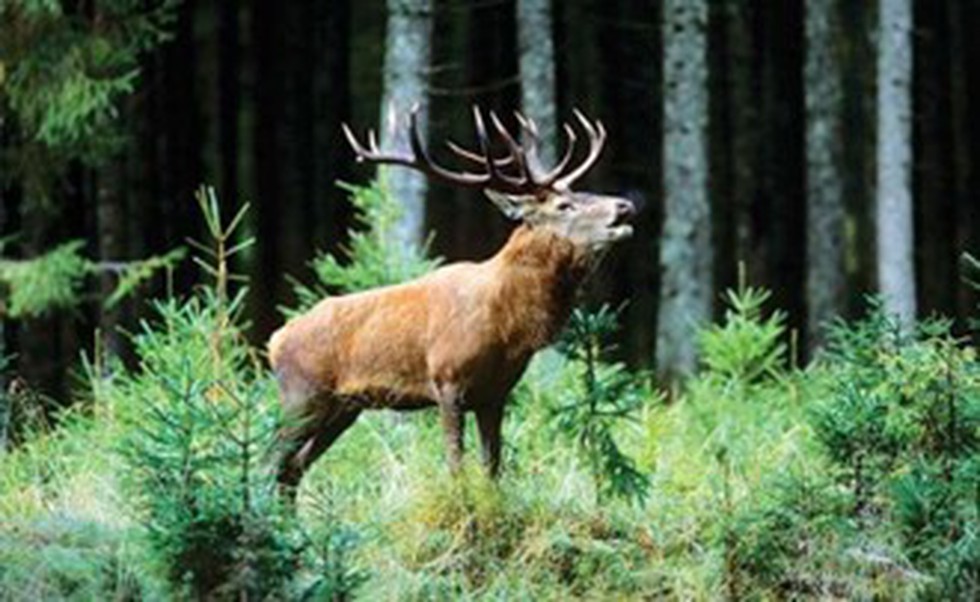
About Dachigam National Park:
- Location: It is located 22 km (kilometers) from Srinagar in Jammu and Kashmir.
- It covers an area of 141 sq km (square kilometers).
- The name literally stands for ‘ten villages’, which could be in memory of the ten villages that were relocated in order to create the park.
- It was initially established to ensure the supply of clean drinking water to Srinagar city.
- A protected area since 1910, it was declared a national park in 1981.
- The park is situated at altitudes ranging from 5500 ft to 14,000 ft.
- The park is best known as the home of the Hangul, or Kashmir stag. It holds the last viable population of the vulnerable hangul in the world.
- Terrain: Ranges from gently sloping grasslands to cliffs and sharp rocky outcrops.
- Flora: Includes wild cherry, apple, pear, peach, plum, apricot, chestnut, willow, walnut, oak, pine, birch, poplar, chinar, and elm.
- Fauna:
- Besides Hangul, Dachigam is also famous for its populations of musk deer, leopard, Himalayan Grey Langur, leopard cat, Himalayan Black Bear, yellow-throated marten, among others.
- It is the residence of raptors such as the Eurasian eagle owl, Lammergeier, Eurasian griffon and white-rumped vulture.
Key Facts about Kashmir Stag:
- It is also called Hangul, which is a subspecies of Central Asian red deer endemic to Kashmir and surrounding areas.
- It is found in dense riverine forests in the high valleys and mountains of Jammu and Kashmir and northern Himachal Pradesh.
- In Kashmir, it is found primarily in the Dachigam National Park where it receives protection.
- A small population has also been witnessed in Overa-Aru Wildlife Sanctuary in south Kashmir.
- Conservation status
- IUCN: Critically Endangered
- CITES : Appendix I

About Prachand attack helicopters:
- It is an indigenously developed Light Combat Helicopter (LCH).
- It is developed by state-run aerospace major Hindustan Aeronautics Ltd.
- The multi-role attack helicopter has been customized as per the requirements of the Indian armed forces to operate both in desert terrains and high-altitude sectors.
- It is the only attack helicopter in the world that can land and take off at an altitude of 5,000 metres (16,400 ft).
- Features:
- It is fitted with a 5.8-tonne twin-engine named Shakti engine, primarily designed for deployment in high-altitude areas.
- Its maximum speed is 268 kilometres per hour.
- It has a range of 550 kilometres and endurance of over three hours.
- It has the best stealth features, armored-shield systems, and dark-mode attack capability.
- Its crash-resistant landing gear gives it an added edge for better survivability, among other technologies like radar and IR signature.
- A pressurized cabin offers protection from nuclear, biological, and chemical contingencies.
- It is equipped with a countermeasure dispensing system that protects it from enemy radars or infrared seekers of enemy missiles.
- The weapon complement includes a 20mm nose gun in the front, capable of firing 800 rounds per minute from a range of up to 2 km.

About Internet cookies:
- Cookies contain tiny amounts of data about users in text files that act like a website’s memory.
- As soon as we use a server, tiny amounts of data start getting stored inside a cookie.
- The website uses it to identify users and their devices, which also stores these cookies.
- Whenever a user visits the same website, the cookies identify him/her and make it show relevant information.
- Types of cookies
- Session cookies: These are temporary cookies like post-it notes for websites.
- They are stored in your computer’s memory only during your browsing session. Once you close your browser, they vanish.
- These can help websites remember your actions as you navigate, like items in your shopping cart.
- Persistent cookies: These are the digital equivalent of bookmarks.
- They stay on your device after your browsing session ends.
- Persistent cookies remember your login information, language preferences, and even the ads you have interacted with. They are handy for a more personalised web experience.
- Secure cookies: These are only sent over encrypted connections, making them safer from prying eyes. Secure cookies are often used for sensitive data like login credentials.
- Uses of cookies
- They act as digital ID cards, aiding in user authentication by allowing websites to recognise and keep you logged in during your visit.
- They foster a sense of personalisation, recalling your preferences such as language choice or website theme.
- They function as the digital equivalent of a persistent shopping cart, ensuring that items you have added online remain there when you return.
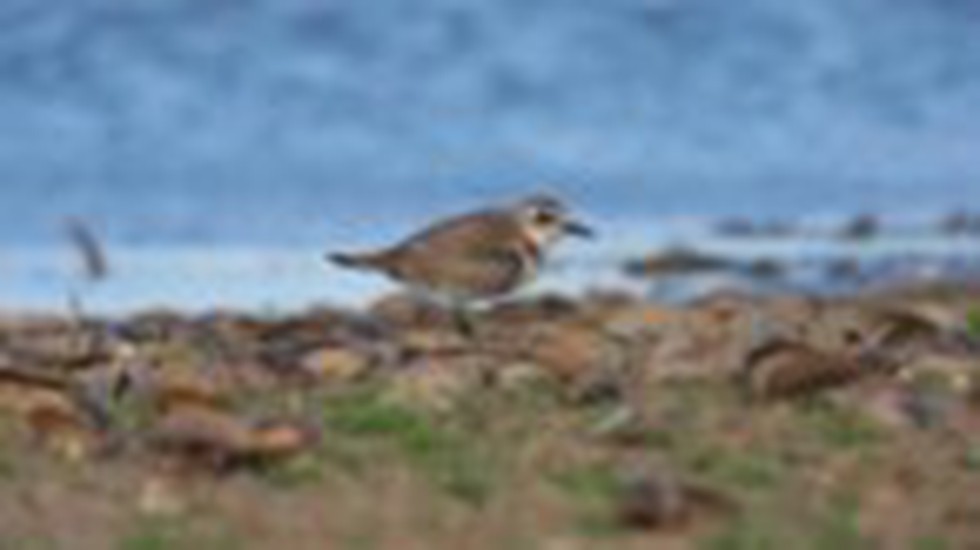
About Greater sand-plover:
- It is known for long distance migration.
- Appearance:
- It is a medium-sized plover with a long hefty bill.
- Breeding adults have a dark mask and orangish chest, neck, and forehead; females duller than males.
- Non-breeding birds and immatures are sandy brown above and white below, with a white throat and “eyebrows.”
- Additionally, unlike some Lesser Sand-Plovers, Greater never has a black boundary around the throat.
- It breeds in high-elevation areas, where it favors arid, open habitats, sometimes near water. Winters on coastal mudflats and estuaries.
- It breeds during April to May in central Asia, late March to late May in Turkey and upto late June in Armenia.
- It winters in the shores of Indian and Australian Oceans after the breeding.
- Diet: The bird’s diet consists of beetles, worms, crustaceans, molluscs, other insects and their larvae.
- Habitat:Mudflats and sandy shores.
- Behaviour/Ecology: Associates with other feeding shorebirds, especially Lesser Sand Plover.
- Conservation status
- IUCN: Least Concern

About Toto language:
- It is a Sino-Tibetan language spoken by the tribal Toto people and is written in the Bengali script
- A prominent community member Dhaniram Toto developed a script as recently as in 2015.
- It is spoken by barely 1,600 people living in parts of West Bengal bordering Bhutan.
Key facts about Toto Shabda Sangraha
- The dictionary has been compiled by Bhakta Toto, a bank employee-cum-poet, and published jointly by the trust and Bhasha Samsad
- The dictionary is a step in the direction of preserving the language, alive so far only orally, by putting its vocabulary in print.
- Toto words, to be translated into Bengali and English, will be composed in the Bengali script, considering that the Toto script is still in a nascent stage and members of the tribe are more familiar with the Bengali script.
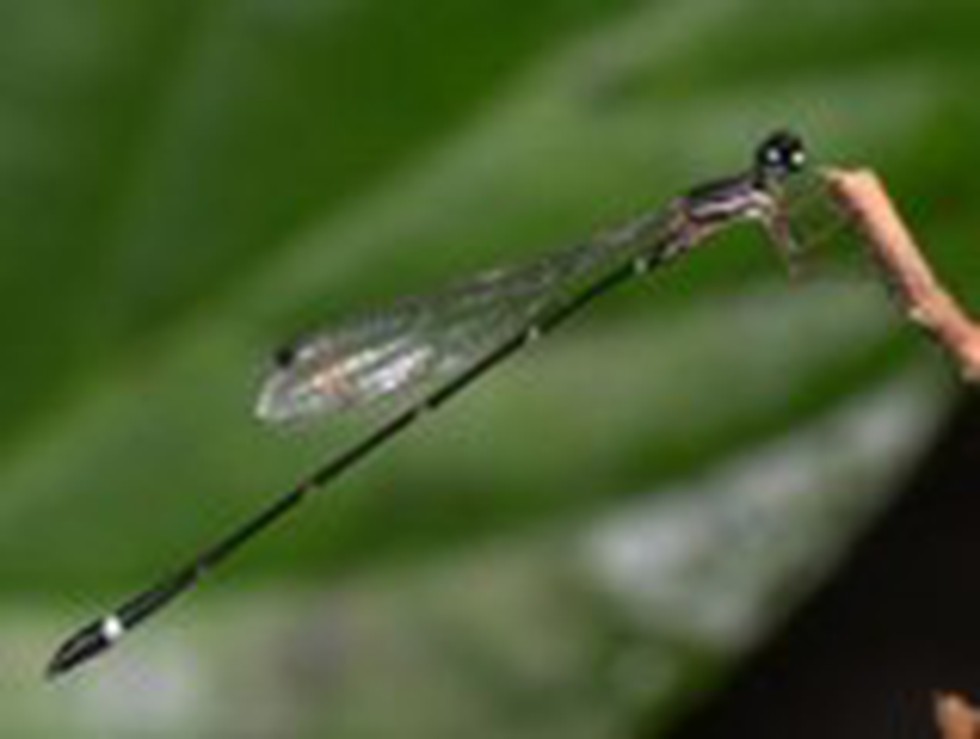
About Armageddon Reedtail:
- The species was discovered northeast of Thiruvananthapuram.
- Features: It has a captivating dark brown to black body with vibrant greenish-blue eyes, and half of its eight abdominal segments are marked with delicate pale blue markings.
- Its only habitat is primary montane streams, where it thrives beneath dense canopy cover.
- The name, Armageddon Reedtail, is a direct reference to the concept of “Ecological Armageddon”, a term used to describe the devastating decline of insect populations around the world.
- Threat: This species faces the threat of extinction due to habitat loss and changing environmental conditions.
Key facts about damselfly
- These are insects in the sub-order Zygoptera (meaning “paired-wings”).
- These are found mainly near shallow, freshwater habitats and are graceful fliers with slender bodies and long, filmy, net-veined wings.
- These are generally smaller, more delicate, and fly weakly in comparison with dragonflies.
- Female damselflies normally use a bladelike ovipositor to place eggs inside plant tissue.
- In many species of Damselflies adults change colour as they mature.
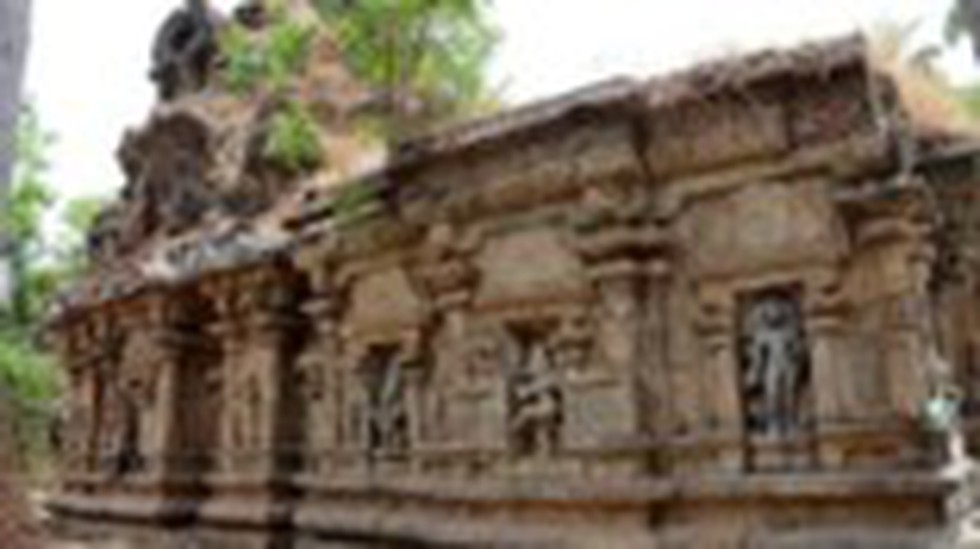
About Naganathaswamy Temple:
- It was built by Rajendra Chola I (1012-1044 CE).
- It is referred as Kailasamudaiyar temple in inscriptions.
- Features
- It is known for its exquisite stone sculptures and important inscriptions.
- It consists of an ekatala vimana and a mukha mandapa.
- The walls of both structures are divided into three bays.
- The central bays of the vimana have niches to accommodate Dakshinamurthi in the south, Lingodhbava in the west and Brahma in the north.
- The mukha mandapa is provided with three niches on the south and the north.
- Excellent sculptures of Bikshatana, Adavallan and Ganapathi decorate the south, whereas Gangadarara, Durga and Ammaiappar are in the north.
- All the niches have well carved and distinctive makara thoranas (ceremonial arches) with relief sculptures in the centre.
- Inscriptions: The temple is known for its important inscriptions belonging to the periods of Rajendra Chola I and Kulothunga I (regnal years 1070-1120 CE).
- Nine interesting and informative inscriptions have been recorded from this temple.
- The earliest among them belongs to the fourth regnal year of Rajendra Chola I.
- It refers to a grant of land free of taxes by the nagaratthar of Ilaichikkudi for raising a flower garden named after the king for the use of the temple.


.png)
.png)
.png)
























































































































































.png)
.png)
.png)
.png)
.png)


.png)
.png)
.png)





.png)
.png)






.png)
.png)
.png)
.png)
.png)
.png)
.png)
.png)
.png)

.png)







.png)
.png)




.png)

.png)
.png)





.jpg)

.png)
.png)


.png)

.png)
.png)
.png)

.jpg)

.jpg)


.png)

.png)
.png)
.png)
.png)
.png)
.png)
.png)
.png)
.png)
.png)




.png)

.png)





.png)
.png)
.png)
.png)
.png)
.png)
.png)
.png)
.png)
.png)
.jpg)
.jpg)

.png)
.png)
.png)
.png)
.png)
.png)
.png)
.png)
.png)
.png)
.png)
.png)
.png)
.png)
.png)
.png)
.png)
.png)
.png)
.png)
.png)
.png)



.png)
.png)

.jpg)
.jpg)


.jpg)
.jpg)
.jpg)
.jpg)
.jpg)

.jpg)








.jpg)
.jpg)
.jpg)
.jpg)
.jpg)

















.jpg)
.jpg)







.jpg)


















.jpg)
.jpg)






























































































.jpg)
.jpg)


























.jpg)

.jpg)










.jpg)








.jpg)




.jpg)










.jpg)


















.jpg)












































.jpg)














.jpg)
.jpg)
.jpg)





.jpg)

.jpg)
.jpg)





































































.jpg)


































.jpg)
.jpg)
















































.jpg)












.jpg)


.jpg)




.jpg)
.jpg)
.jpg)

.jpg)
.jpg)
.jpg)
.jpg)

.jpg)
.jpg)
.jpg)

.jpg)
.jpg)
.jpg)
.jpg)
.jpg)
.jpg)
.jpg)
.jpg)

.jpg)


.jpg)
.jpg)
.jpg)
.jpg)
.jpg)
.jpg)
.jpg)
.jpg)
.jpg)
.jpg)











.jpg)
.jpg)





.jpg)
.jpg)
.jpg)
























.jpg)
























.jpg)









.jpg)
.jpg)







.jpg)
.jpg)









































.jpg)
.jpg)
.jpg)
.jpg)
.jpg)

.jpg)
.jpg)
.jpg)
.jpg)
.jpg)


.jpg)
.jpg)
.jpg)
.jpg)
.jpg)

.jpg)
.jpg)
.jpg)
.jpg)
.jpg)
.jpg)
.jpg)
.jpg)
.jpg)
.jpg)
.png)

.png)
.png)

.png)
.png)
.png)
.png)


.jpg)
.jpg)

.jpg)
.jpg)
.jpg)

.png)
.png)
.png)
.png)
.png)
.png)
.png)

.png)
.png)
.png)
.png)
.png)
.png)
.png)
.png)
.png)
.png)





































































-min.png)



.png)




.png)








































